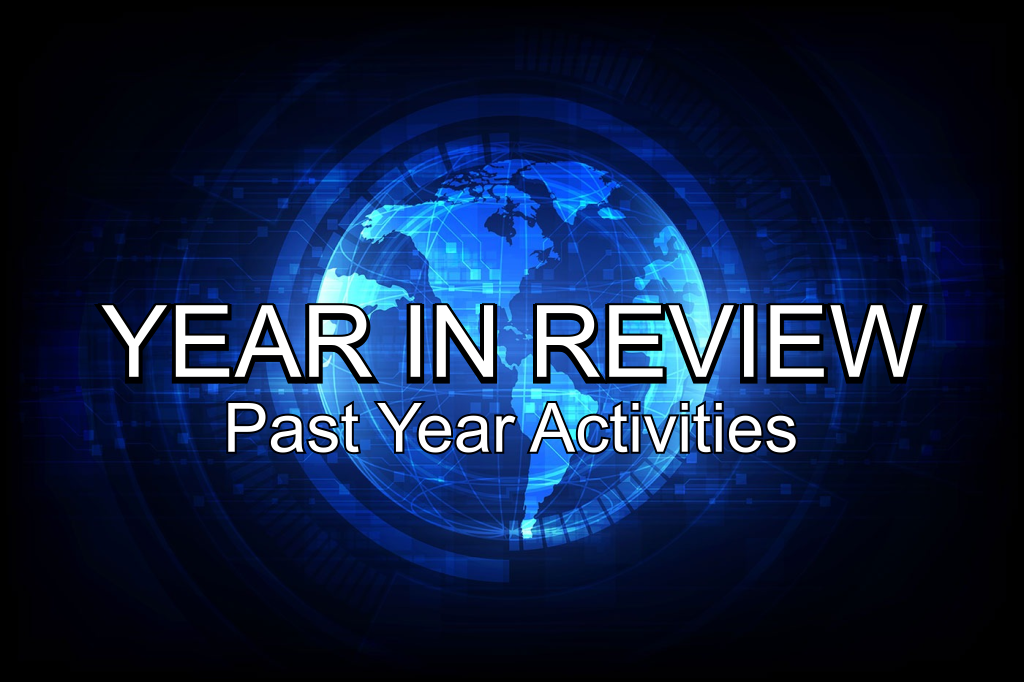INFRASTRUCTURE
The sky isn’t falling but some of our bridges are. About seventy thousand of them are structurally deficient, and about a quarter of those could go at any time. Calamities are sure to mount if nothing is done. The number that will occur (e.g., after belated prevention efforts) is unknown.
That number could be reduced by a method not currently in use. In combination with other steps (placement of sensors at strategic locations on a structure) a historical pattern of deformations can be generated automatically. The means of analyzing the deformations has already been shown to provide early warning capability, via application to data recorded before the 2011 Tohoku earthquake. There is no need to repeat the description here; it’s already documented .
Sooner or later another subject comes up: The “C” word (cost). Aside from severity of the problem, about the only other item prompting agreement is the notion that a solution is unaffordable. Let me change that notion this way: if a complete solution is deemed unaffordable, a partial solution doesn’t have to be. Prioritize . Bridges exhibiting the most urgent warning signs are highest priority for remedial action. At 1/70,000th of the total cost, no one could reasonably refuse to fix one that must be fixed.
An acknowledgment: the argument just cited is overstated. Initial investment is always a greater fraction of the long-term total, and applying a method for the first time to any operation requires ironing out some wrinkles. Still, admitting that a fraction exceeds 1/70,000 doesn’t constitute a shocking confession. The sensors don’t have to be top-of-the-line. If the “bottom line” is all that matters, then here’s the
real
bottom line: Their cost, plus the cost of a government-sponsored project, pales in comparison with losses resulting from a bridge collapse — let alone the losses incurred from
seventy thousand
collapsed bridges.










